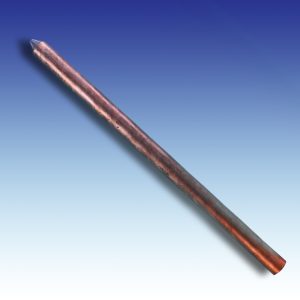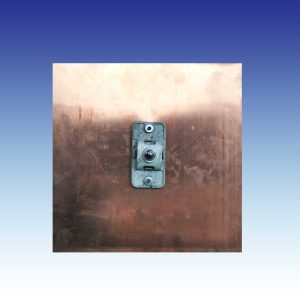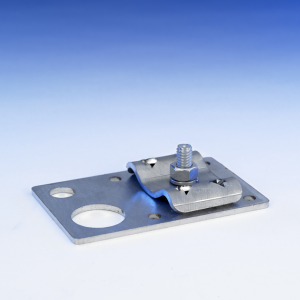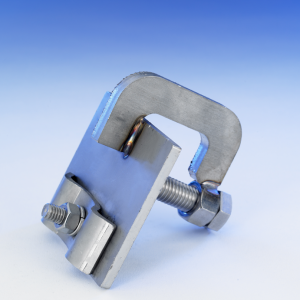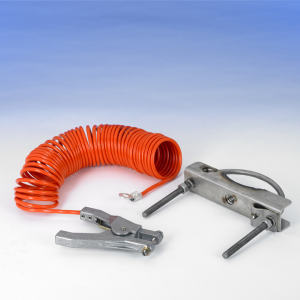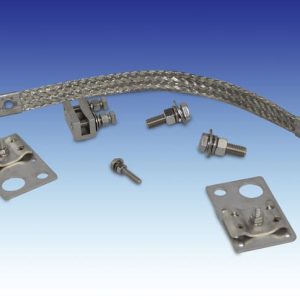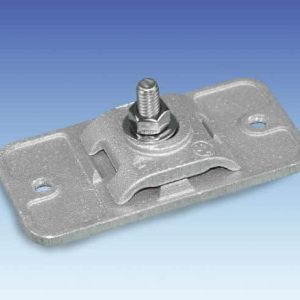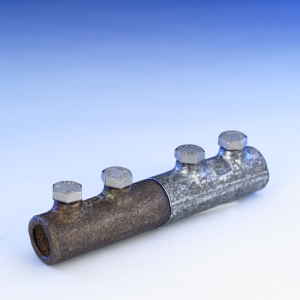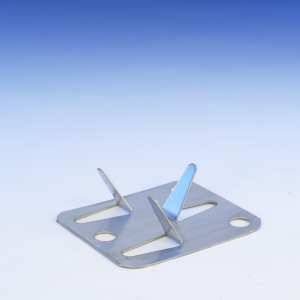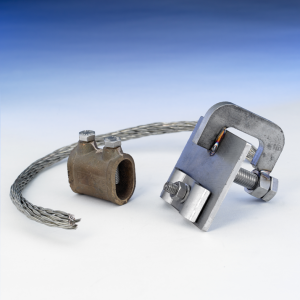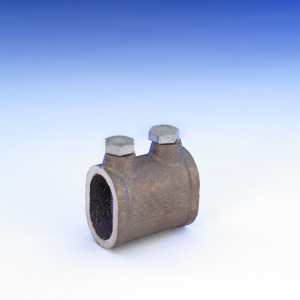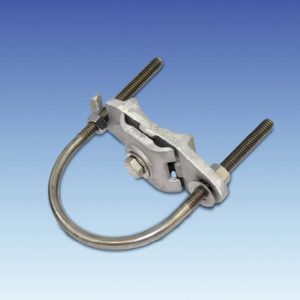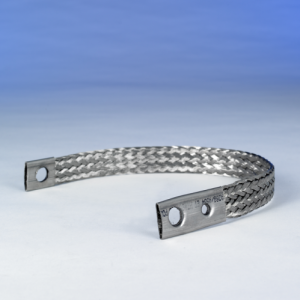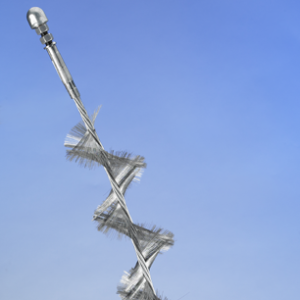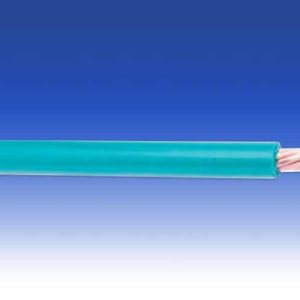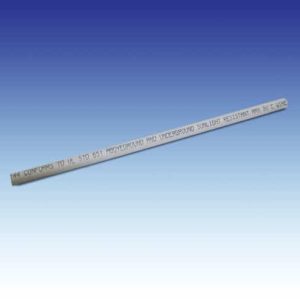Grounding brings the mass of the bonded equipment to the potential of the surface of earth it occupies.
There are two types of grounding:
- Low-impedance grounding provides structures with multiple paths to ground and to transfer lightning energy off structures and into the ground quickly. The higher the impedance the lightning energy “sees,” the greater the voltage increases. The higher the voltages, the more likely the energy will arc or take unwanted paths to ground. That’s why it is important to provide multiple paths with good geometry directly to the grounding electrodes within the grounding system.
- Single-point ground potential referencing for services and equipment. Among all the variables involved in lightning protection system design, the single most important factor in effective lightning protection is the proper connection of the services and equipment bonding sub-system to the grounding system. Current divides and takes all paths. The proportion amount of current flowing in any one path is proportional to the surge impedance of that path relative to the total surge impedance of all paths. Even if heavy-duty bonding straps are provided between grounds as the primarily intended path of equalization, some of the current flow will be through unintended paths, including other conductors and equipment.
